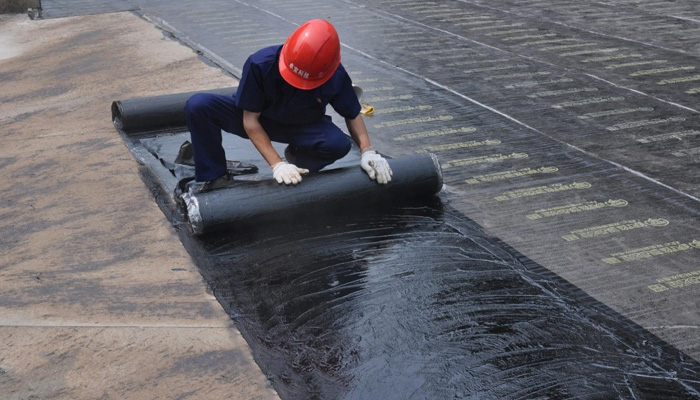Construction deficiencies, the existence of critical points for waterproofing or wear caused by rain or snow, are usually behind the appearance of leaks in roofs and terraces. Without adequate treatment, it is only a matter of time before leaks or humidity end up making a dent in the interior of our homes. But this is no longer a problem, as there are numerous roof waterproofing systems on the market. One of them is especially prevailing over the rest for its versatility and value for money. We are talking about a liquid waterproofing membrane. What is behind this innovative product?
Liquid waterproofing membranes, also known as liquid membranes, are applied like paint and when they dry they form an elastic membrane with great waterproofing capacity. Manufacturers of waterproofing solution brands have developed several of these membranes from numerous compounds such as cement, silicone resins, acrylic copolymers, polyurethanes or bituminous and asphalt waterproofing.
Now, which can be more interesting for each application? Before opting for one solution or another, it must be considered that not all liquid membranes are suitable for all surfaces, nor are all membranes suitable for all roof uses.
What should I take into account before choosing a solution based on liquid membranes?
- Walkability : if we need to waterproof a roof with a high flow of people, we will have to apply liquid waterproofing that is highly resistant to pedestrian traffic, such as water-based polyurethane membranes.
- Choice of the appropriate prior primer for each surface.
- Degree of protection of the system . Many systems can be made up of heavy protection layers and finishing layers that prevent it from separating from the support and protect it against environmental agents and mechanical damage.
- The compatibility of materials: The technical characteristics of the membrane must be taken into account to ensure that it allows it to withstand the weight of our coating. There must be compatibility between the materials. For example, we cannot tile a roof over a liquid membrane if it is not resistant to the alkalis of the cement, as they would degrade it and end up destroying it. Together with this factor, during the application of the system we must avoid damaging the membrane when applying the coating. This could happen if, when applying a mortar with a trowel, we let the metal trowel cut the liquid membrane.
- Insulating capacity: The insulating properties of liquid waterproofing membranes are not found in their composition, that is, they do not depend on whether they are acrylic, polyurethane or another component. In themselves these compounds do not have significant insulating properties. This potential advantage depends on the pigment technology associated with the colors.
- Application requirements: Another fundamental aspect is knowing under what circumstances the application of each membrane is inadvisable. For example, there are often limitations due to low temperatures. Its application on surfaces with extreme insolation is also critical.
Main advantages of liquid waterproofing membranes
- Easy application: Liquid membranes are applied like any other paint by brush, roller or spray. In addition, they can be easily applied on roofs with steep slopes or vaults.
- High elasticity: On surfaces such as terraces where there is direct exposure to the sun, the expansion of its surface is a problem that directly affects products for waterproofing terraces. The elasticity of liquid membranes prevents cracks and other damage from appearing that could affect their quality.
- Long useful life: The waterproofing properties extend over time without any loss in effectiveness. In fact, regular maintenance is not necessary as is the case with other solutions. These advantages are associated with its high resistance to weathering, aging and ultraviolet radiation.


